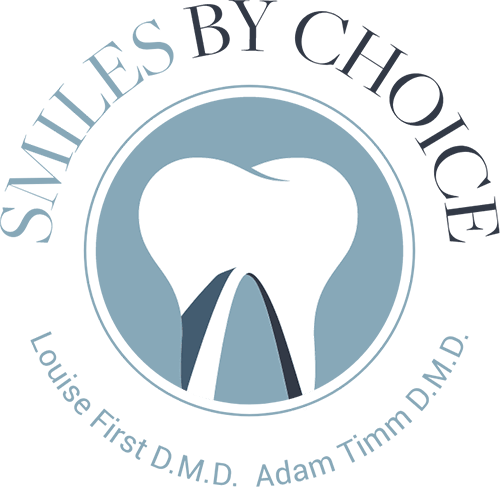What Is Local Anesthesia?
Local dental anesthesia is a medication that numbs a section of your mouth for a limited amount of time. Thus eliminating the pain or discomfort associated with dental treatments. It does not affect your cognitive abilities, so you stay awake and alert through your treatment. Dental anesthesia is often used for treatments like fillings and crowns. Before administering local anesthesia, Sharad Pandhi, D.D.S. will assess and review your overall health and medical history, as well as your anxiety level. There are two types of dental anesthetics:
-
Topical anesthetics: We use high-strength topical gel to numb the gums before an injection, eliminating that initial pinch from the needle. This helps alleviate the nervousness you may feel from the sight of a syringe.
-
Local anesthesia: We inject into the area of the mouth that is being treated a powerful medication that blocks the nerves that sense and transmit pain. This allows you to remain comfortable while we administer the necessary treatments.
Administering Local Anesthesia
Prior to receiving an injection of dental anesthesia, Tucson, AZ, dentist Sharad Pandhi, D.D.S., will use cotton to gently dry the area and apply a high-strength numbing gel. Once the surface area is numb, the local anesthetic is slowly and gently injected. We take several measures to minimize any discomfort experienced upon injection:
-
Warmed anesthetic: We have invested in technology that heats our anesthetic to body temperature, which removes the “cold” feeling often experienced during an injection.
-
DentalVibe®: As part of our patient-oriented comfort process, we use an award-winning device called the DentalVibe, used by only the most exclusive practices in the area. The DentalVibe sends soothing vibrations deep into the gum tissue during an injection. Because vibration signals travel to the brain faster than pain signals do, DentalVibe’s vibrations reach the brain first and block pain from being felt, allowing for comfortable administration of intraoral injections.
-
The Wand® (Single-Tooth Anesthesia/CompuDent®): The CompuDent is cutting-edge dental technology that provides a more comfortable injection experience. This tool is computer controlled, ensuring that the flow of the anesthetic is accurate, slow, steady, and comfortable. The numbing effect is localized and limited to one area — you don’t leave our office with a heavy, numb feeling in your face. Perhaps best of all, its appearance is small and pen-like, removing the intimidation from the injection experience.
Aftercare
The effects of local anesthetic can last a couple of hours after your treatment. Your mouth will feel swollen (even if it’s not) and you may experience difficulty speaking. To avoid accidentally hurting yourself, Dr. Pandhi recommends waiting until full feeling returns before chewing or eating.
FAQs
At Smile Perfection, you will receive local anesthesia before the removal of a wisdom tooth. Sometimes Sharad Pandhi, D.D.S. will use general anesthesia (a type of sedation dentistry), especially if you are having more than one tooth removed. General anesthesia is used to prevent pain throughout your body and often causes you to sleep.
Local dental anesthesia affects a small part of the body, such as a tooth or area of gum. It does not affect the patient’s cognitive abilities, and they stay awake and alert throughout treatment. Sedation dentistry is the administration of medication that relieves a patient’s anxiety and allows them to reach a deep level of relaxation, even drifting off to sleep during treatment.







